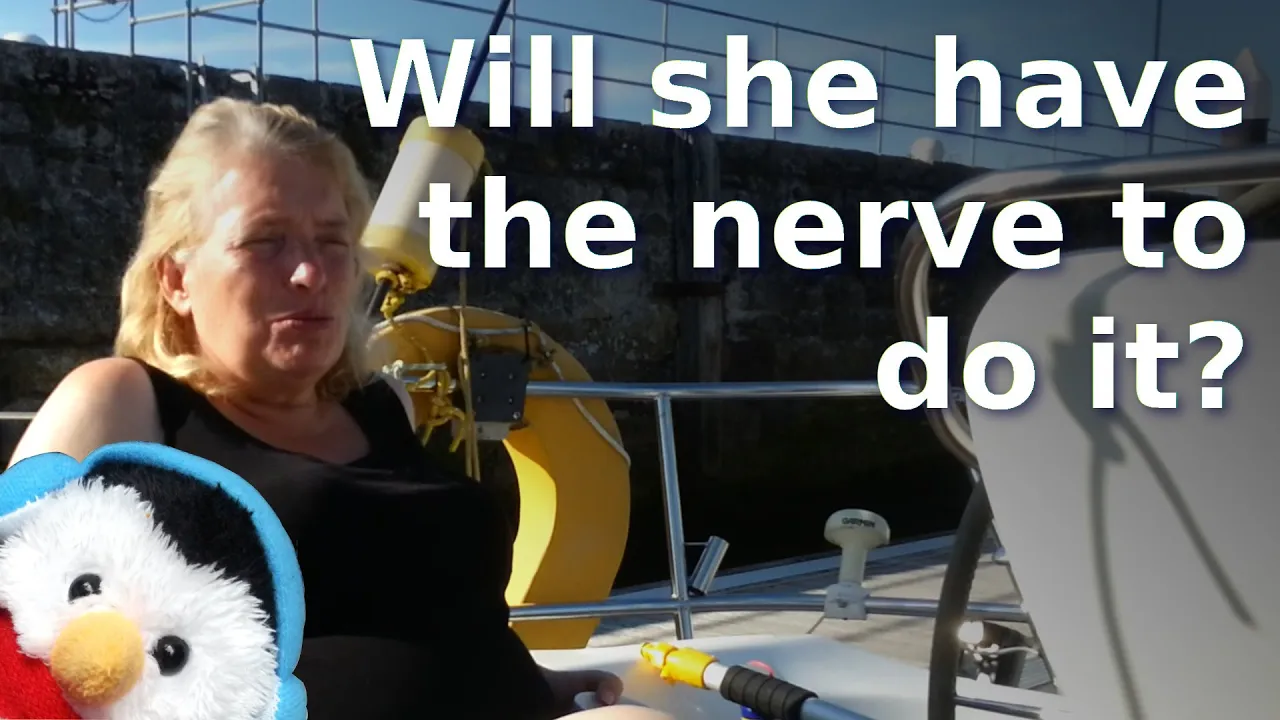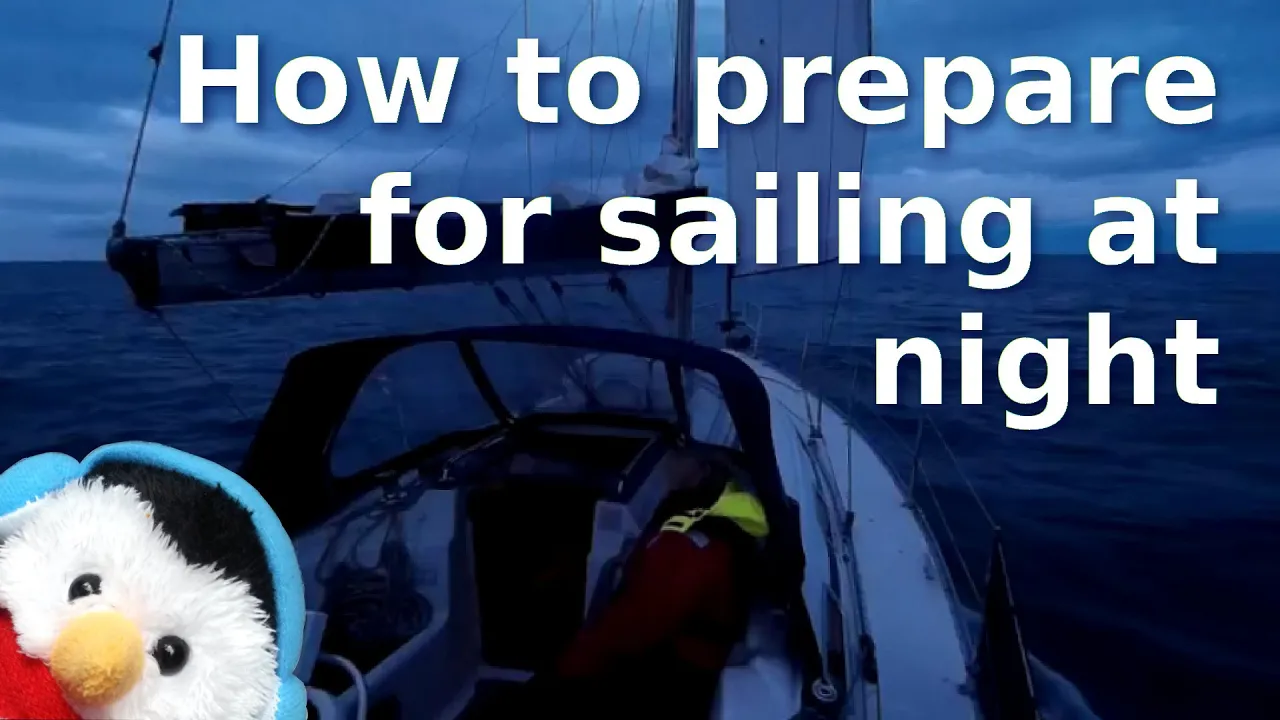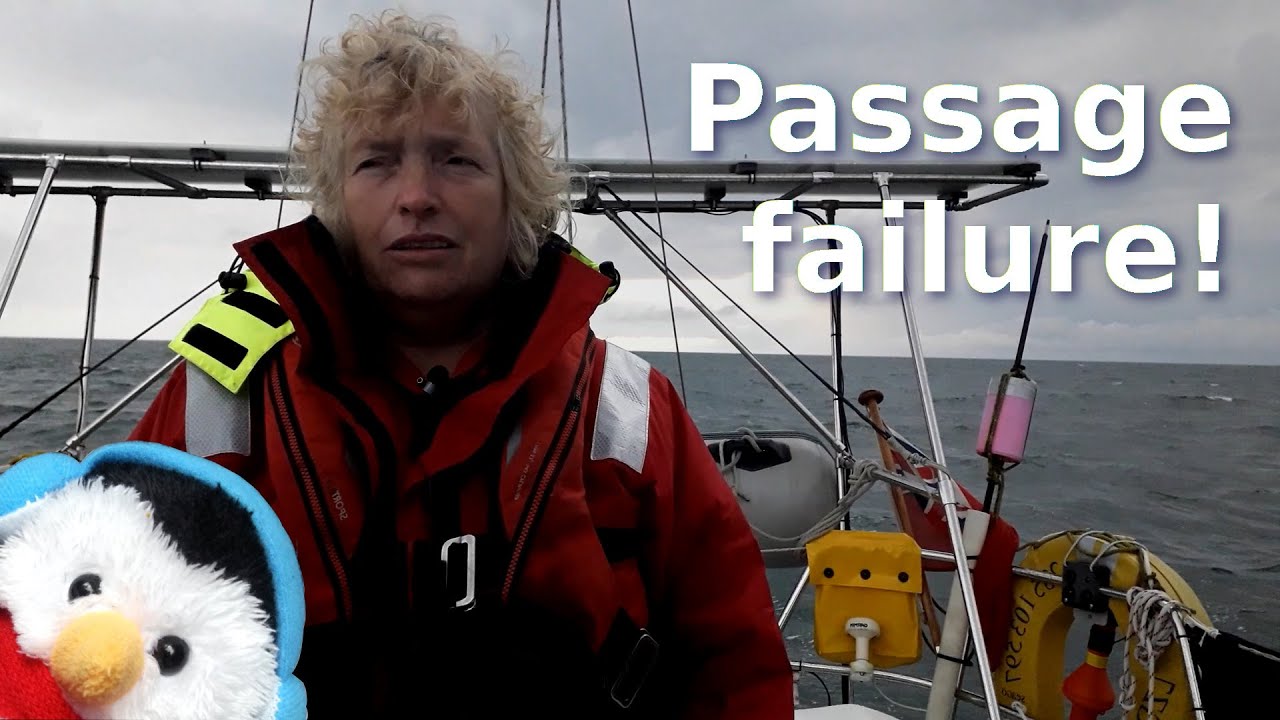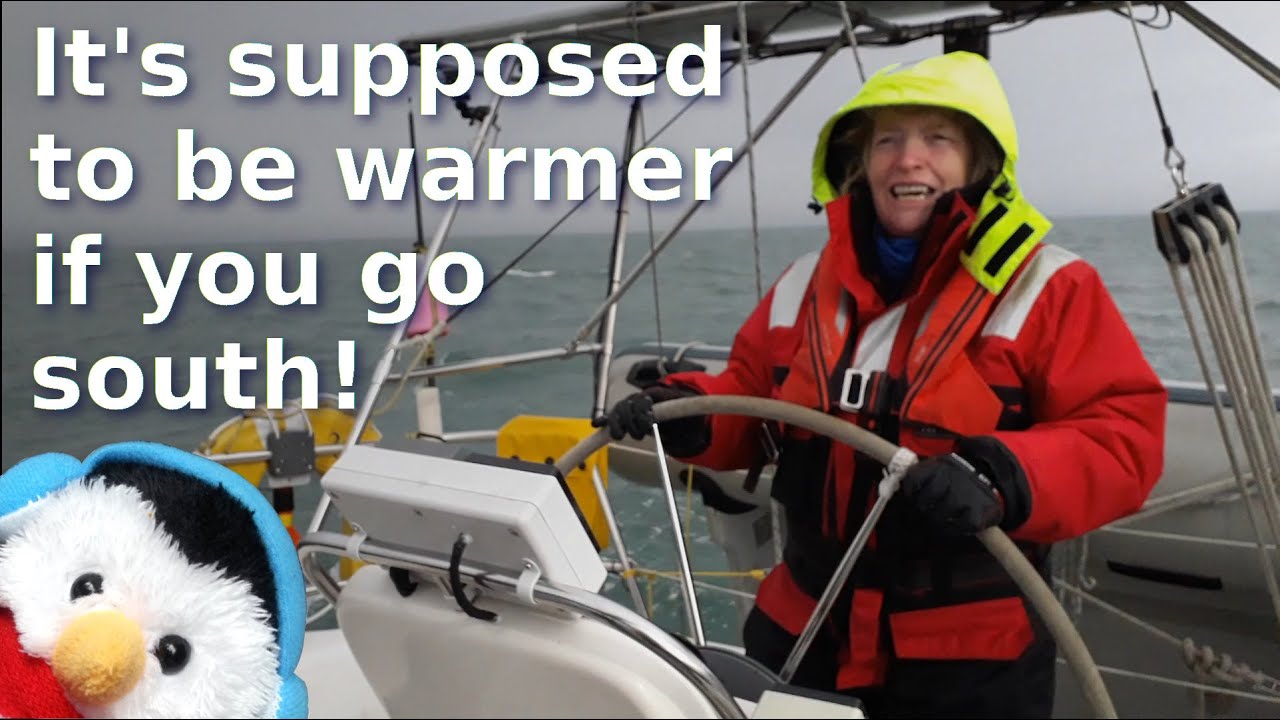It was the 31st of December and I was doing the washing so I had a huge pile on deck. Beverley was very cheeky and asked what my favourite laundry moment of 2021 was, to which I had to reply, Cuan Sound, because after my little escapade with that stretch of water, the laundry was sorely needed. I also managed to talk about my favourite places from the season which was the anchorage at Puilladobhrain and the moorings at Canna. Previous to this trip I had never heard of Canna, but for me it was the jewel of the small isles. I also managed to thank one of our viewers for the perfect way to celebrate New Years Eve with a bottle of bubbly.
The next day Beverley was out side taking the mileage off the binnacle for last years cruise which was 1874nm, while she was there she took the opportunity to apply the latest updates, for the chart plotter, these are things like software updates as well as information updates for tides, and charts, so a really useful task to do. While Beverley was updating the software, I asked her what her most memorable moment was and for her it was the giant dolphin display outside Castle Bay, while her worst moment was being able to see Morton's chippy at Ballycastle and not being able to get there because the tide pushed us back. She too would love to go around Ireland, we have invested in all the charts and all the pilotage for Ireland, so it would be really good to actually use it.
In a way, the issues we had with tides at Cuan Sound and Fair head, along with the fact that it was time to get rid of our tide tables for last year, were a great way to introduce this weeks topic on tides.
Ocean tides and Amphidromes
The moon has a great influence on tides, in some areas however, because of the local geography, then the moon has a very small affect. The areas where there are very little tide are amphidromes, so people who sail around the Mediterranean or the Bahamas, need not worry about tides as the tidal difference in these areas is only 10cm. If however you sail in the dark red areas like we do then knowing about the tides is of importance.
The tides and the moon
I had a wonderful explanation about how the moons gravitational effect on the earth distorts the water so that it is more like the shape of an egg, with the pointy part of the egg directly below the Moon, this is why we go from high tide, directly under the moon to low tide which is the side of the egg to high tide, which is the other side of the egg, this is why there is a really high tide and a high tide which is not quite so high. This fact that the moon is going around the Earth every 28 days is what causes the Spring tides, so when there is a full moon, or a new moon then that is a spring tide, which lags the new or full moon by one or two days, and when it is a quarter moon then that is when you have a neap tide.
Local tides and seabed morphology
A fact about water that is often unappreciated is that water is incompressible, this means that if there is a rise of 200m on the seabed, then the water needs to rise 200m on the surface. This means that on the surface you will experience rip tides, over falls and other issues, when the water is going from a shallow area to a deeper area, then the tide is less than when it is going from deep to shallow. The fact that water is incompressible is one of the reasons that Biscay is so dangerous. The ocean floor is 2000m while the continental shelf is 200m so that water is going to go somewhere which is why you will have large waves and rip tides in that area. Another area that can cause issues are headlands, as the sea floor around a headland is usually higher and will cause rip tides and whirl pools in that area. Another issue with headlands can be places like the Isle of Man where there is the tide from the North channel clashing into the tide that empties Liverpool bay. When it is really bad then you get our Chicken Rock, but even when it is flat calm, you will still get disturbed water on the surface just because of what is happening on the seabed.
Tidal Streams
One of the things you can do is look at the shape of the coastline, where you have a smooth coast then you will have a huge amount of tide in that area. So places like Cardigan Bay, Biscay and the East coast of Ireland, the tide in these areas is so strong that it has worn away the coast over time in these areas. You can also see how the tide will flow by looking at the sea bead at the bottom of the Firth of Clyde, there is a nice smooth contour on the sea bed and this contour correlates to the tidal flow on the surface.
And now for the Physics
The Moon causes the water to move towards the moon, the water closest to the moon moves alot, while the water furthest away does not move as much. The Earth is also moved to wards the Moon, but not quite as much as the water nearest but more than the water furthest away. So seeing as we are using the Earth as a reference frame, then the difference between the water nearest the Moon is greater than the water furthest away from the Moon, but that tide is still high to the height of the tide at 90°













